
Cut and Fill Analysis
Avoid costly construction delays with super-accurate earthwork volumetric measurements. Drones give you the most precise and convenient way to calculate cut-and-fill ratios.
Let's talk
Avoid costly construction delays with super-accurate earthwork volumetric measurements. Drones give you the most precise and convenient way to calculate cut-and-fill ratios.
Let's talkThere is no room for error when calculating cut and fill. Excavating too much (or too little) results in increased labour costs and delayed work. Drones are a precise and efficient way to calculate cut-and-fill ratios without affecting your schedule. Engineers With Drones complete measurements for you faster than the traditional methods, while simultaneously streamlining your project.
Monitor earthwork changes over time for a fast and cost-effective way to avoid any discrepancies.
Get quick and precise readings on cut-and-fill measurements, allowing for seamless tracking and future ordering.
Record and document terrain more accurately, regardless of its elevation differences or vegetation density.
Record and compare your volume measurements over time, more cost-efficiently and with fewer man-hours.
Receive instant and actionable data relating to your loose, bank, and soil volumes.
Find all anomalies and potential problems that might otherwise go undetected.
We use cutting-edge technologies to detect problems that would otherwise be invisible. These include ultra-HD photography/video, LIDAR and thermal imaging.
Drones aren't just for flying up in the sky. Our specialist drones can fly into confined spaces like chimneys and boilers to look for issues that would otherwise be inaccessible.
Downtime is expensive and inconvenient. Using a drone, our engineers can conduct a thorough survey with little to no downtime.
Our equipment won't touch or even go close to your assets. Our high-resolution cameras use optical zoom to give extreme close-up views while staying a safe distance away.
We understand that you need answers fast. We can deliver a plain-English report with clear-cut conclusions in days. Then, you can take the steps you need to and get back to doing what you do best.
Need us there in a hurry? No problem. Let us know what you need, and we can be there on the same day. After all, sometimes the problem just won't wait.
Sometimes the brief can change even in real-time. If need be, you can be stood there right next to the drone operator, directing them as the situation develops.
The safety of your personnel and our own is paramount, and we place it at the forefront of our company culture. Ask us about our HSSE systems and practices.
Cut and fill analysis is incredibly versatile, and we use it in various types of inspections serving multiple industries.
We take emails, phone calls, messages, everything! If you are unsure of what's possible we are happy to advise, the most important thing is to get in touch. We'll be happy to answer any questions you may have.
With drones, it's best to begin where you want to end up. What sort of deliverable would you like when it's all finished? If you are not sure then we can advise. We can look at what you would like and work backwards from there.
Once we have agreed on what is to be done, the scope of work is set and a price is agreed upon. We feel it is vital that everyone knows what they are getting and what they are paying for it. There should be no confusion.
Once we have confirmation you are happy to proceed, we start the ball rolling. We organise things like RAMS, site permits, Air Traffic Control clearance and much more. Basically, we generate everything needed to turn up on-site with all our ducks in a row.
Next, we do the work on site. We have the gear, we have the know-how, so now it's time to get the job done. This can sometimes be affected by the weather, but for the most part, we get the job done on the date specified.
This is where we take what we generated in the field and turn it into a final deliverable for you. This can be anything from the raw data itself, to fully processed Orthophotos, condition reports, CAD line work or thermal imagery.
The final step is the handover of the deliverables. We tend to use a cloud-based service, so you can access your data anywhere. We can also tie into your existing systems if that is more convenient.
We purchase the latest drones as they come on the market to ensure you are getting the highest quality service from us at all times. Here is a quick look at what we would be most likely to use for a typical cut and fill analysis inspection.

The M300 RTK by DJI is the premier enterprise-level inspection drone on the market. With a flight time of up to 55 minutes, lots of built-in redundancy, and a host of payloads to choose from, this is our go-to UAV for inspection work. When coupled with the Zenmuse H20T camera, it is capable of safely inspecting high-value assets at a stand-off range.

Combined with our flagship drone platform DJI M300 RTK, the DJI Zenmuse P1 camera enables photogrammetry and 3D modelling of the highest standard. There are also interchangeable fixed-focus lenses, on a 3-axis stabilized gimbal, that provide robust versatility to help create stunning 2D, 3D detailed models.

LiDAR for everyone. The DJI Zenmuse L1 LIDAR payload features an integrated Livox LiDAR module and a 20mp camera. This combination makes for an excellent all-round package. Covering up to 2km² in a single flight, the L1 carries a highly efficient payload.

The DJI D-RTK 2 mobile base station helps make accuracy easy. This GNSS receiver supports GPS, GLONASS, Beidou, and GALILEO signals, allowing for centimetre-level positioning. The integrated IMUs monitor movements and calibrate tilt sensors to minimize risks.

This underwater UAV is our industrial AI underwater robot, engineered for high-precision measurements, inspections, and surveys in complex marine environments. With advanced sensors and sonars, it ensures our projects with accuracy and reliability beyond standards.

We can deploy this highly portable and versatile UAV at a moment's notice. It is designed for an array of industries and situations where thermal imaging and speed of work is of the essence; such as identifying heat loss and structural defects, conducting solar plant inspections or any low-light/low-visibility environment survey.

Our flagship drone: The M350 RTK by DJI is the premier enterprise-level inspection drone on the market, an update to our workhorse M300 RTK. With a flight time of up to 55 minutes, lots of built-in redundancy, and a host of payloads to choose from, this is our go-to UAV for inspection work.







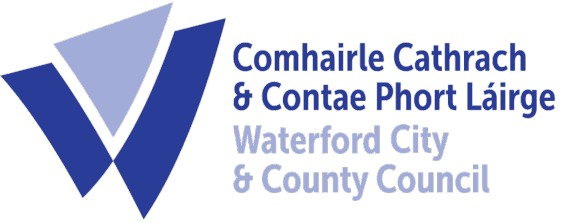

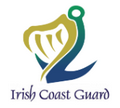
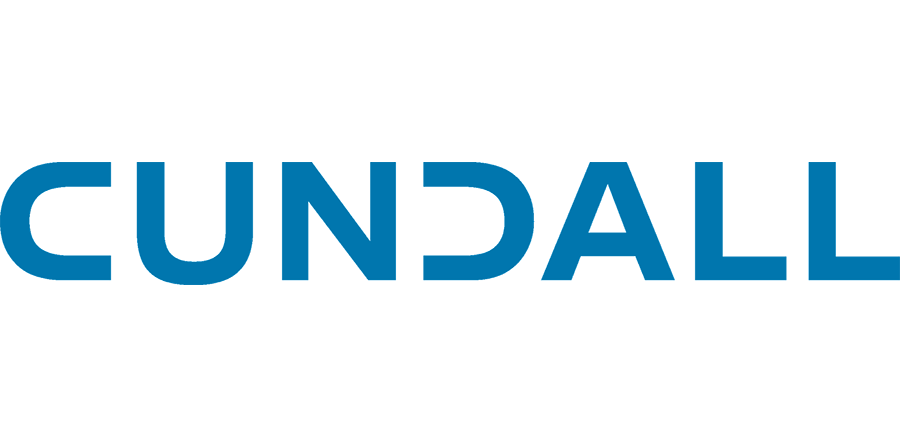

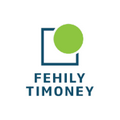








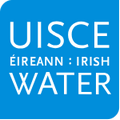

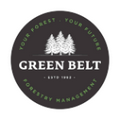





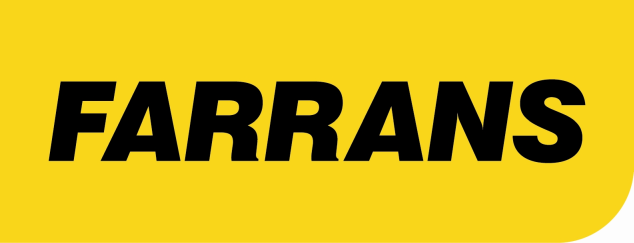
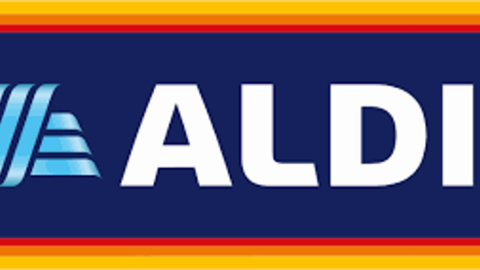






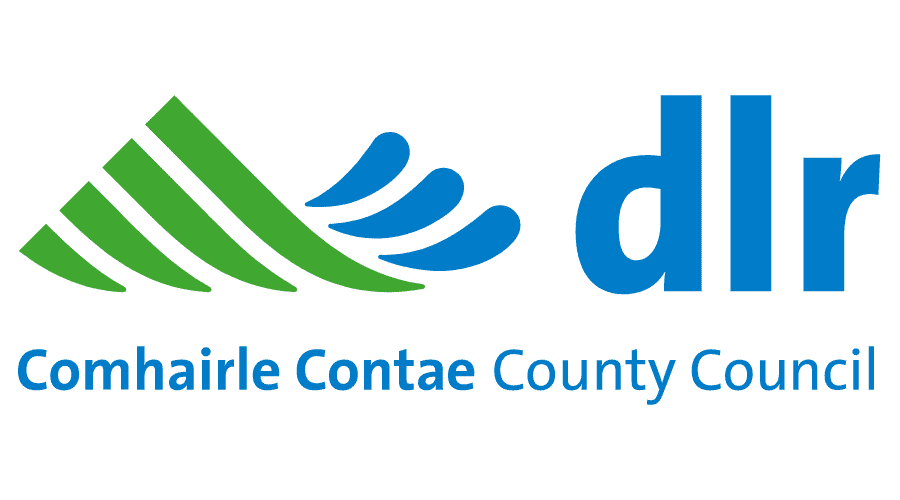
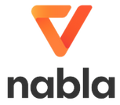


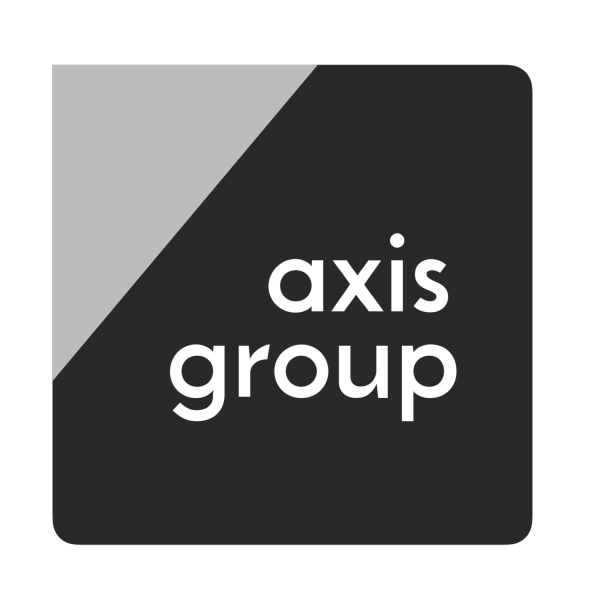







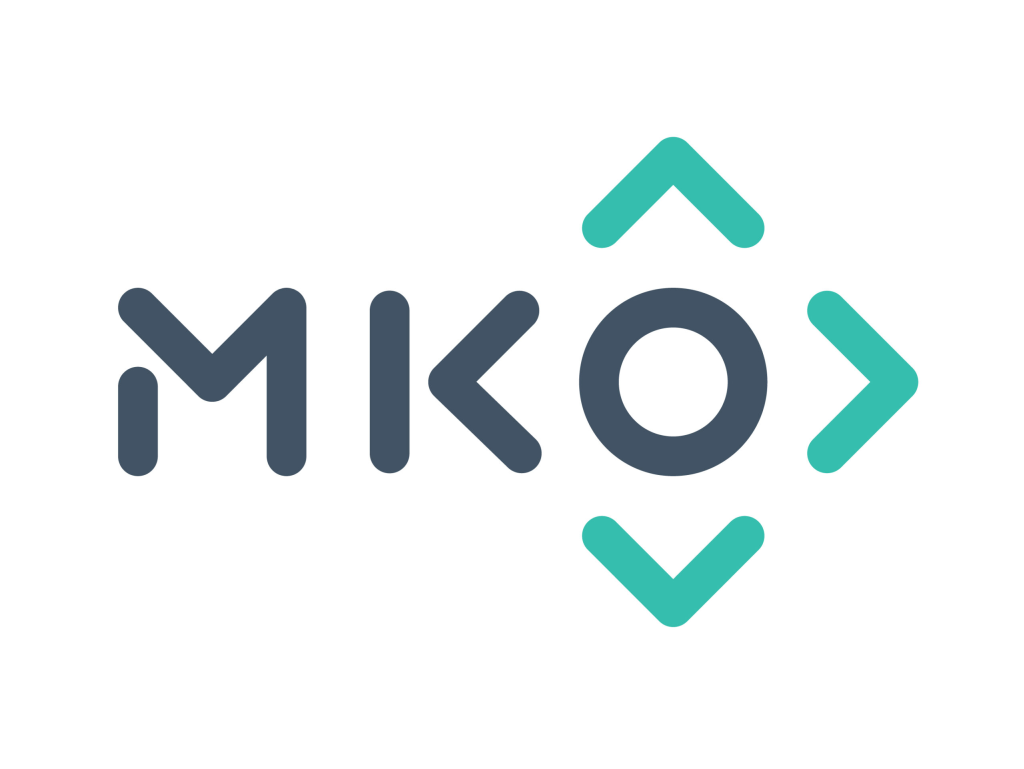
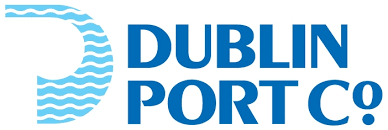

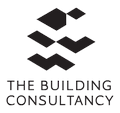







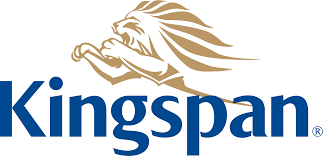












































































































































Engineers With Drones is the first company in Ireland to hold the new EASA Specific Category authorisation. We are authorised by the Irish Aviation Authority (IAA) and the European Union Aviation Safety Agency (EASA) for commercial Unmanned Aerial Vehicle (UAV) operations in both urban and rural environments. Total transparency: our Specific Category Authorisation Number is IRL.UAS.AUTH1002.
All of our operations are insured in the EU and globally. We hold €6.5m public and product liability, €13m employer's liability and €1.3m professional indemnity (base level, coverage raised as required).
We are more than just drone pilots. If you're looking for overhead footage of your wedding reception, we're probably not right for you. Our backgrounds and our primary qualifications are in engineering, and it's here that we think we add the most value. We know what we're looking for, and we know how to find it. If you have a technical engineering problem that a drone can solve, we can understand you. Tell us what you need to see or find out, and our engineers will use their drone piloting skills to make it happen.
Yes. We're a local Irish company, and that's how we can respond so quickly to the needs of our Irish clients. We can be with you in next to no time, with the right equipment and certifications to operate them, whatever your location.
3D mapping typically refers to the generation of a digital twin of a real world thing, be it a handheld object, a build/structure or a large piece of land. It is typically generated using either Photogrammetry but it can also be done using Lidar. Once generated a near photo realistic dimensionally accurate model can be then viewed assessed and manipulated in most any computer or handheld device. Also known as a digital twin or 3D modelling users can analyse these digital representations of objects in three dimensions.
The major advantage to this form of data presentation is the context it brings to the data. Every feature and defect is clearly seen within the larger context of the object. This makes it much more intuitive and efficient to work with with the data. This technique offers an up-to-date and comprehensive method of information collecting and visualisation. WHat we say here is "with 3D mapping you can bring the asset to the people instead of bringing the people to the asset". This means instead of ten different site visits by various parties there only needs ot be one visit thenall the rest cna be done in the office. More about 3D Mapping...
Moving soil between locations to level out the ground is known as cutting and filling. When earth is removed from above the required ground level, it is said to be "cut", and when earth is used to fill a hole to the desired ground level, it is said to be "filled". The method of cutting and filling is frequently employed to make an even soil surface.
Lidar drone mapping is the use of drones equipped with Light Detection and Ranging (Lidar) technology to create high-resolution 3D maps of terrain, buildings, and other objects. The drone emits laser beams that bounce off objects and return to the drone's sensors, creating a detailed point cloud of the object or terrain. The resulting data can be used in a variety of applications, including urban planning, construction, and environmental monitoring. Lidar drone mapping is faster and more accurate than traditional surveying methods and can cover a larger area with greater detail in less time, making it an increasingly popular tool for mapping and surveying professionals. More about LIDAR...
Optical zoom is a feature found in cameras that allows you to change the focal-length of the lens, which in turn magnifies the image. Unlike digital zoom, which simply enlarges the pixels of an image, optical zoom physically moves the lens elements to zoom in or out, resulting in a higher-quality, more detailed image.
Optical zoom is better than digital zoom for several reasons. Firstly, optical zoom maintains the image quality and sharpness because it captures more detail from the subject. In contrast, digital zoom often results in a pixelated, blurry image because it enlarges the existing pixels of an image, which degrades the quality.
Secondly, optical zoom allows you to get closer to your subject without physically moving closer, which can be useful in situations where you cannot or do not want to approach your subject closely. This can be especially helpful for wildlife photography or for taking photos of events from a distance.
Overall, optical zoom is a valuable feature that can help you capture high-quality, detailed images from a distance, making it a must-have for many photographers.

Photogrammetry is a technique that involves the use of photographs to measure and extract three-dimensional information about an object or scene. It involves taking multiple photographs of an object or area from different angles and then using software to analyze the images and create a 3D model. The process involves identifying common points on the photographs and using these points to triangulate the location of the object in three-dimensional space.
Photogrammetry has many applications in various fields, such as surveying, architecture, engineering, and mapping. It is used to create accurate and detailed maps, models of buildings and landscapes, and to measure distances and volumes. In archaeology, photogrammetry is used to create 3D models of ancient artifacts and structures, allowing researchers to study and analyze them in detail without risking damage to the original objects. It is also used in cinematography to create special effects and computer-generated imagery. With the advancement of technology, photogrammetry has become a powerful tool for capturing and analysing complex visual data. More about 3D Mapping...
Drone-based thermal imaging is a technology that utilizes unmanned aerial vehicles (UAVs) equipped with thermal cameras to capture high-resolution thermal images of various objects or areas. This technology allows for the detection and measurement of temperature variations in a scene, enabling the identification of heat signatures of objects and their surroundings.
Drone-based thermal imaging can be used in a variety of applications, including search and rescue operations, inspection of power lines, pipelines, and other infrastructure, monitoring of wildlife, and identifying energy inefficiencies in buildings. The technology can detect temperature differences as small as 0.1°C, making it a valuable tool for detecting hotspots and identifying potential hazards.
In operation, the drone is flown over the area of interest, capturing thermal images of the scene. The images are then processed using specialized software that converts the temperature data into visible images that can be analyzed and interpreted. The resulting images can show temperature variations in a range of colors, with red and yellow indicating hot spots, and blue and green indicating cooler areas.
Overall, drone-based thermal imaging is a powerful technology that provides accurate, non-invasive, and efficient data for various applications. Its ability to provide high-resolution thermal imagery from a safe distance makes it a valuable tool for numerous industries and professionals. More about thermal imaging...
UHD or Ultra High Definition signifies that a camera's resolution is 3840x2160 pixels. This is exactly four time higher than high definition cameras (1920x1080 pixels), and so UHD is often also know as 4K. More about drone photography...